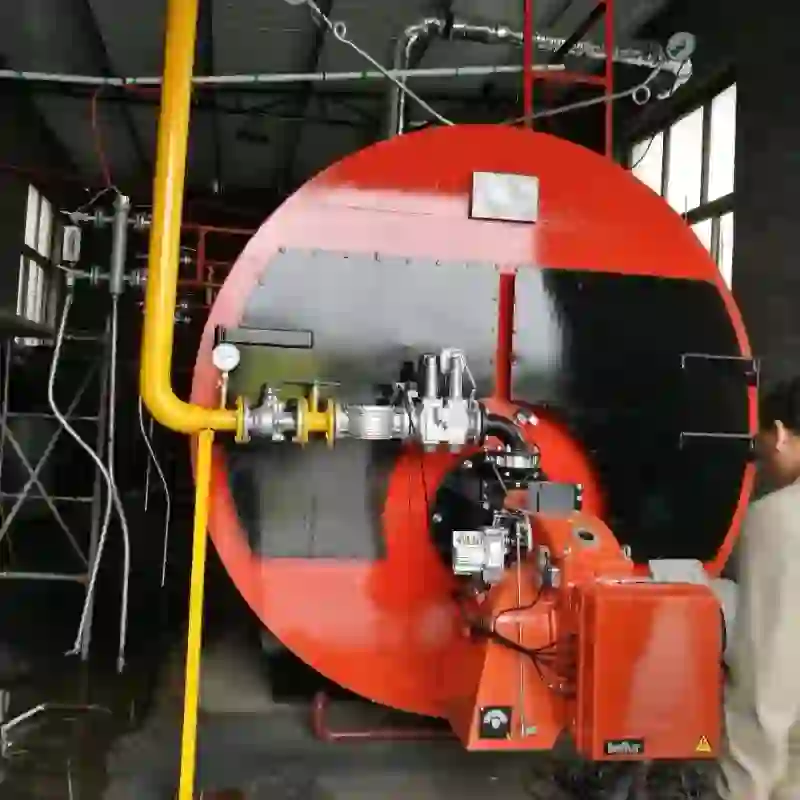
Eki . 12, 2024 00:59 Back to list
Assessing the Financial Impact of High Pressure Steam Production and Usage
The Cost of High Pressure Steam Understanding Its Economic Implications
High pressure steam is a vital component in a wide array of industrial processes, including power generation, chemical manufacturing, and food processing. While its importance cannot be overstated, understanding the cost associated with high pressure steam is crucial for businesses aiming to optimize their operations and maintain profitability. This article explores the various factors contributing to the cost of high pressure steam and the economic implications of these costs.
1. Production Costs
The production of high pressure steam involves multiple stages, each contributing to the overall cost. These stages typically include fuel procurement, boiler operation, and maintenance. The primary fuel sources for steam generation are natural gas, oil, and coal. The price volatility of these fuels directly impacts steam production costs. For instance, fluctuations in natural gas prices due to market demand or geopolitical factors can lead to significant changes in operational expenses for industries reliant on high pressure steam.
The efficiency of the boiler system is another critical factor. High-efficiency boilers, while more expensive to install, can lead to lower operational costs over time by reducing fuel consumption and operational downtime. Additionally, regular maintenance and upgrades can prevent inefficiencies and prolong the lifespan of the boiler system, further affecting the cost of producing high pressure steam.
2. Energy Consumption
Producing high pressure steam is an energy-intensive process. The energy required for heating water to produce steam, along with the energy needed to maintain the steam at high pressures, must be accounted for in the overall cost analysis. The electricity and fuel consumed during this process can constitute a significant portion of a facility’s operational expenses.
Moreover, with global trends shifting towards sustainability, industries are increasingly seeking ways to incorporate renewable energy sources into their steam generation processes. While this transition may entail higher upfront costs, it can yield long-term savings and reduce environmental impact, aligning with corporate sustainability goals.
3. Equipment and Installation
cost of high pressure steam

Investments in equipment capable of generating high pressure steam can be substantial. The purchase of high-capacity boilers, pressure vessels, and associated piping systems requires a significant capital expenditure. Moreover, ensuring that equipment meets regulatory standards for safety and environmental impact can lead to additional costs.
Proper installation is crucial to prevent leaks and inefficiencies. Professional installation services can be expensive, but inadequate installation may result in long-term issues that outweigh initial savings. Additionally, ongoing monitoring and testing of equipment are needed to ensure consistent performance, which can incur further costs.
4. Regulatory Compliance
Industries using high pressure steam must adhere to various regulatory standards aimed at ensuring safety and environmental sustainability. Compliance with these regulations often necessitates additional investments in equipment, training, and operational adjustments to reduce emissions and waste. Non-compliance can result in hefty fines and damage a company's reputation, making adherence not only a regulatory requirement but also a financial imperative.
The total cost of high pressure steam encompasses production, energy consumption, equipment, installation, and compliance. Businesses must carefully analyze these costs to develop accurate pricing strategies for their products and services. In many cases, optimizing steam production can lead to significant cost savings, allowing companies to maintain competitive pricing and enhance margins.
Furthermore, as industries face increasing pressure to adopt sustainable practices, the cost of high pressure steam may evolve. Innovations in technology and shifts towards more sustainable energy sources may influence these dynamics. Companies that proactively adapt to these changes will be better positioned to navigate the economic landscape and reduce overall costs associated with high pressure steam.
Conclusion
In summary, the cost of high pressure steam involves a complex interplay of production, energy consumption, equipment, and compliance-related expenditures. Understanding these factors is essential for industries that rely on high pressure steam to enhance efficiency and minimize costs. By adopting a strategic approach to steam generation, businesses can not only reduce their operational expenses but also contribute to a more sustainable future.
-
How to Maintain a Steam Boiler Expert Tips for Efficiency & Longevity
NewsApr.29,2025
-
Professional Steam Boiler Service AB Expert Maintenance & Repair
NewsApr.29,2025
-
Hot Water Steam Boilers Efficient Heating Solutions & Expert Tips
NewsApr.29,2025
-
Hot Water Boiler Capacity Calculation Guide Efficient Design Tips
NewsApr.28,2025
-
How to Drain a Steam Boiler Step-by-Step Safety Guide
NewsApr.28,2025
-
How to Install a Hot Water Boiler Optimal Pressure & Efficiency Guide
NewsApr.28,2025
Related PRODUCTS






















